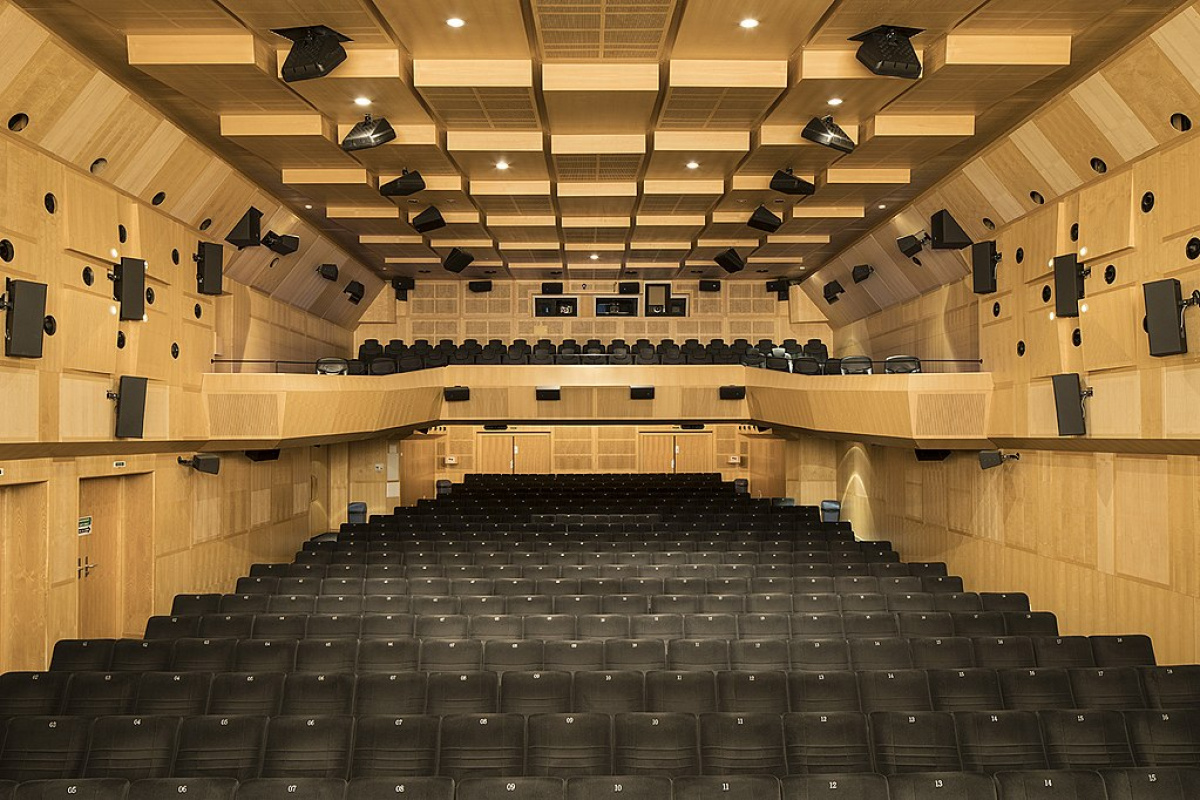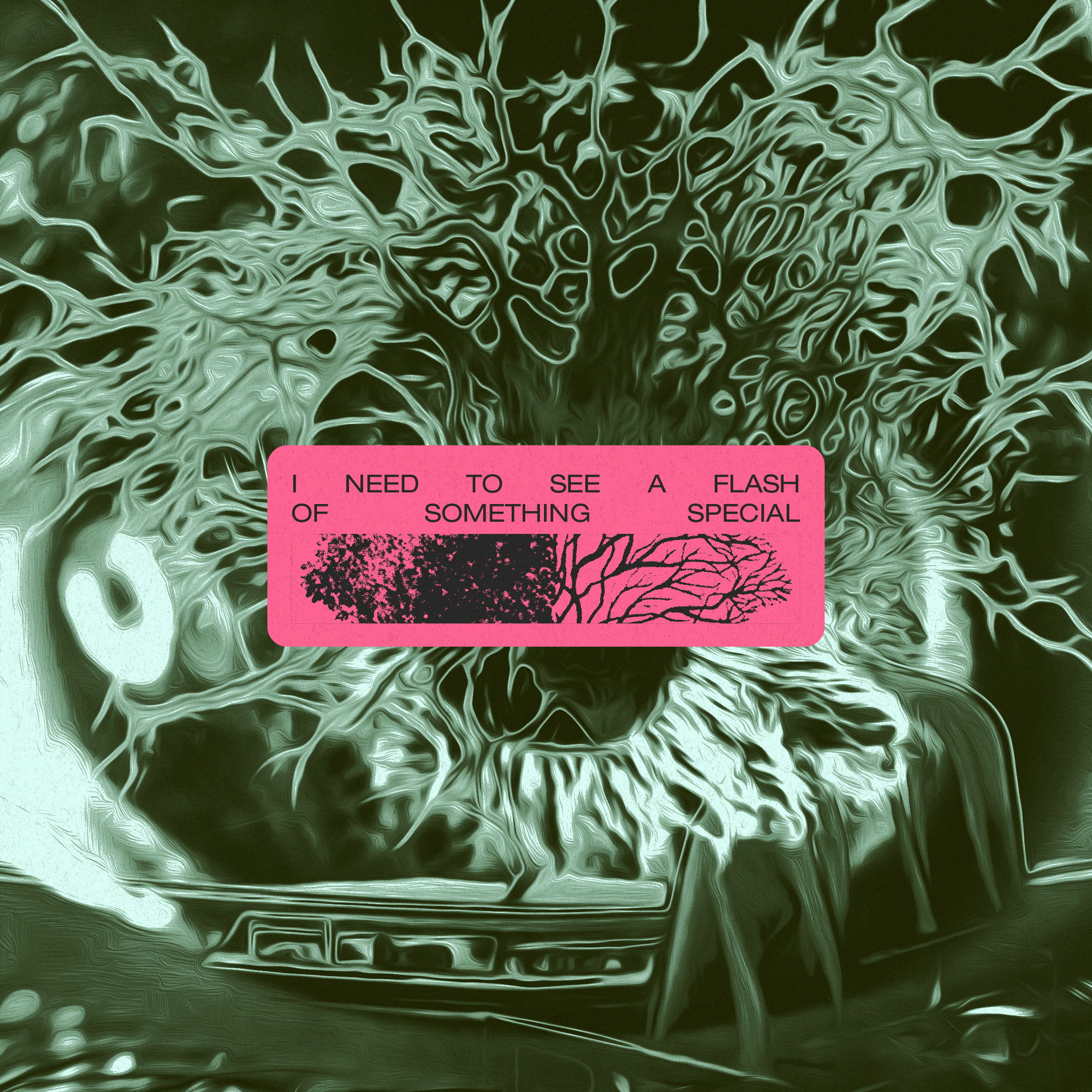
My Difference Between Watching and Seeing a Film
Selecting a film for a festival requires us to look beyond pure preference. In this essay, Chafic Tabbara, film critic and co-artistic director of Norient Festival 2022, shares his thoughts on curating films for cinema in the age of online streaming.
It is inside cinema theatres and at crowded videotape stores that audiences across the world created, in the last thirty years or so, a repository of cinematic cultures. These were the temples in which we could quench our cinephile hunger and indulge in the unique and personal pleasure of experiencing films. The journey to find an old movie tape often proved challenging, and going to the cinema was an unparalleled pleasure.
The radical change in the way we watch films arrived with the advent of the digital era. The internet, CDs, and DVDs resulted in the extinction of the videotape, and with it its fascinating volatility, which we once wished to own. Today we find ourselves in the era of streaming services. Film consumption has become easy. Movies that were once confined to video stores and cinemas have become vulnerable to piracy; every film is one click away on the user’s television, computer, or even mobile phone, producing a new culture of «sofa films».
The Dark Space of Cinema
This is a reality that the film industry, including festivals, must live with. Films arrive on the audience’s doorstep on demand. While this might seem a cause for concern to some, «sofa films», though easily accessible, cannot grant the full cinematic experience found in the dark space of a cinema. This remains the key privilege of movie theaters.
In a cinema, we form a tacit agreement with the filmmaker. We give access to the silent emotional and intellectual infrastructure that is intrinsic to our experience; we spend time and concentration as the film unfolds. We are willing to embrace the film’s inner rhythm and receive its momentous changes. We are comfortable, undistracted, and can «take the film in».
Film essentialism argues that the essence of the story of a film depends on the medium used and, in tandem, how the film came to be in the first place. The creative process behind a film, as well as the environment in which the film viewing takes place, suggests the way we might perceive it and shapes our response. This is the main driving force in the creation of cinema. The emotional core that allows us to view a film is inseparable from the viewing conditions, creating a distinct synergy. The difference between experiencing a film in a movie theater and experiencing it on a laptop is, in my opinion, the difference between watching and seeing a film.
There is no doubt that something is changing in the film industry, or rather, the conflict between the «sofa films» and cinematic releases is clear. It is a shift in film-viewing that feels irreversible, but will it cause the disappearance of cinemas entirely? A short historical regression to a similar issue might be useful for understanding the cause of today’s change. In traditional approaches to film history, 1927 is the year when The Jazz Singer was shown for the first time, and it is codified as being the first feature-length motion picture with sound. Its release heralded the commercial ascendance of sound films and marked the transition from the silent to the sound films era. This step was considered a radical crisis hitting the cinema; sound – both as an aesthetic and material element (sound-on-disc was a troublesome moment in film history) caused division. Some considered it an auspicious step in the path of cinematic development, while others received it with hostility, including movie directors such as Charlie Chaplin or Sergey Eisenstein. They feared that new technical innovation would pollute the expressive power of silent cinema. The twinning of sound with the image imposes changes on the way a film is viewed, and cinemas started to adapt to the new technological development, just as happened later with the 3D films. The fertility of technological inventions was linked to the instinct of cinema’s survival and preservation: even with the technological inventions, cinema was still the only place to watch cinema. It was unreasonable for cinema to remain the same while all the details of human life evolved. The history of cinema, then, is the history of its technological development in tandem with its ways of expressing, without compromising its essence.
We still see new productions in black and white, or silent films that use color as a driving narrative force. Dialogue, sounds, colors, and other forms of expressive empowerment of the medium have been absorbed, and somehow integrated within the substrata of the cinematic experiences. So why is there a sense of danger to the cinema today? «Sofa films» are more than a technical development, but rather are a radical change to medium specificity that sees the bypass of the big screen and the enforcement of an act of mass viewing. I believe that «going to the cinema, and seeing a movie» is a more complex practice than purely «watching a film», but the film remains the foundation. Watching is great, but the content is the guarantor of preserving or eliminating this art. As sound was not a technology that polluted the expressive power of cinema, the sofa movie won’t keep us away from the cinema theater.
My background in film studies and film criticism pushes me to understand the intentions of a film, the mechanics of it and what effects it could have for people and for society. The cumulative experience of watching movies and writing about them has granted me the ability to watch a film with a critical, open, and receptive mind, ready to enjoy the journey without prejudice. I am always watching movies, in the corners of film festivals; I sit in dark theaters and wait for the film to start, before going behind another small screen to put my emotions into words.
A Flash of Something Special
This year, in 2021, I had the opportunity to move even closer to the big screen and to move beyond being an observer, using my experience as a film critic and bringing my emotional apparatus and background to the forefront of a creative process. In this process, sterile «sofa film» viewing became a cathartic exercise propelling a much wider project: to bring an audience to the cinema. For the Norient Film Festival 2022, we looked at the future through the lessons of the past, and placed emphasis on the importance of perception and different senses as the very foundation on which cinema was built.
As the co-artistic director of Norient Film Festival 2022, it was essential to bring my way of seeing and watching films into the curatorial process. My profession relies on knowledge of the history of cinema as well as the ability to watch an unusual amount of films. Within my curatorial process I consider it essential to be able to find new elements and techniques in a film and appreciate them. Films by young directors might be less ambitious or even lacking in maturity. To fully appreciate the work I need to see a flash of something special: an indication of a future promise.
Cinema invites us to see, not to just watch. Watching a movie is a physical experience that goes beyond just seeing. Just like hearing, we can hear without looking, but when we look at what we are hearing it creates a new experience. It’s the same in cinema. Watching is mechanical, it belongs to our nature and we do it every day, but seeing is totally different.
The major difference in the sense of «seeing» and «watching» a movie is the degree of one’s intentionality and control in doing so. One sees a movie as a spectator with little or no control at all of how that movie is shown. We surrender to the big screen and the dark room, our attention and senses are handed over to be immersed and taken away by the movie. It turns the film into an event, and sharing that event with a crowd full of strangers transforms your own reaction to it. Drama becomes more dramatic, comedy funnier, and horror scarier. On the other hand, and more so in our digital age, one watches a movie by looking at it in any way – straight from start to finish, running it backwards or fast forwarded, replaying it as many times as desired. Watching a movie is probably more participatory than just seeing one, and this moment of participation or shared experience is what an artistic director is looking for.
Instead of thinking of a movie as a sole entity, we now see it as part of a program. This allows us to discuss the life of a film in its entirety, in a creative context and with the viewer in mind. This is a way of seeing films that goes beyond deciding whether they are worth watching or not. The process of selection for a program involves decision making, but also an obligation to build trust in films. I always try to watch films with fresh eyes. It is important to make the right decisions, but even more so to critically support a choice. It is about expanding the boundaries of a work of art, transcending any definition of art, and making this part of a cultural discourse. It is about mixing my personal taste and knowledge of cinema with an appreciation of its aesthetic values. It is about being omnivorous; less about watching films and more about seeing films together.
This text has been published in the Norient book Politics of Curatorship: Collective and Affective Interventions, edited by Philipp Rhensius and Monia Acciari (Norient Books 2023).
Biography
Shop

Published on December 27, 2021
Last updated on May 29, 2024
Topics
From art exhibitions to djing to personal Instagram feeds, we look at curation from multiple perspectives.
What is «Treble Culture»? How does what one hears affect what one sees?
Special
Snap
